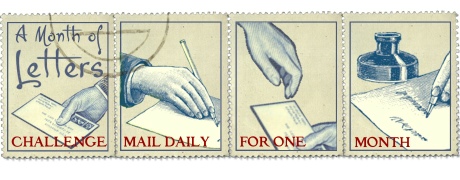When I found out that a friend of mine was imprisoned at San Quentin I was reading Dreaming in French. The book talks about Angela Davis’ experience with the Soledad Brothers at San Quentin. When I saw that she would be speaking in my area I bought some books for her to sign. ‘Are Prisons Obsolete‘ was short enough for me to finish in the week leading up to her talk. It reminded me of this clip from black power mixtape:
The introduction to the book was full of mind-boggling statistics. For my job I had been using the d3 library to make data visualizations, so this seemed like a great opportunity to make a compelling infographic about these statistics. I haven’t done so yet, but here are some of the stats I want to use:
-Only 5% of world population lives in the US, but it holds 20% of prison population
-There are 2x as mental mentally in in prisons/jails than in all psychiatric hospitals combined
In 1990 1/4 black men between the ages of 20 and 29 have been incarcerated…
by 1995 it was 32.2%
-Many minorities are more likely to be in prison than educated
Fastest growing portion of the prison population is black women
Up 78% in 5 years
-There are more women in prison now than in the entire decade of the 70s
California Statistics
in 2002:
there are 157,979 people incarcerated
20,000 for immigration detention
35.2% Latino
30% black
29% white
I’d like to make a CA prison timeline, showing their proliferation during the Reagan Era and how they continue to be built at alarming rates:
1852 San Quentin
1880 Folsom
1952-55 9 prisons built
1962-65 3 jails
1980s (Reagan Era) 9 prisons
90s 12 new prisons
Takes 100 years for 1st 9 prisons, last 9 in 10 yrs
Now 33 prisons, 38 camps, 16 correctional facilities and 15 prisoner mother facilities
